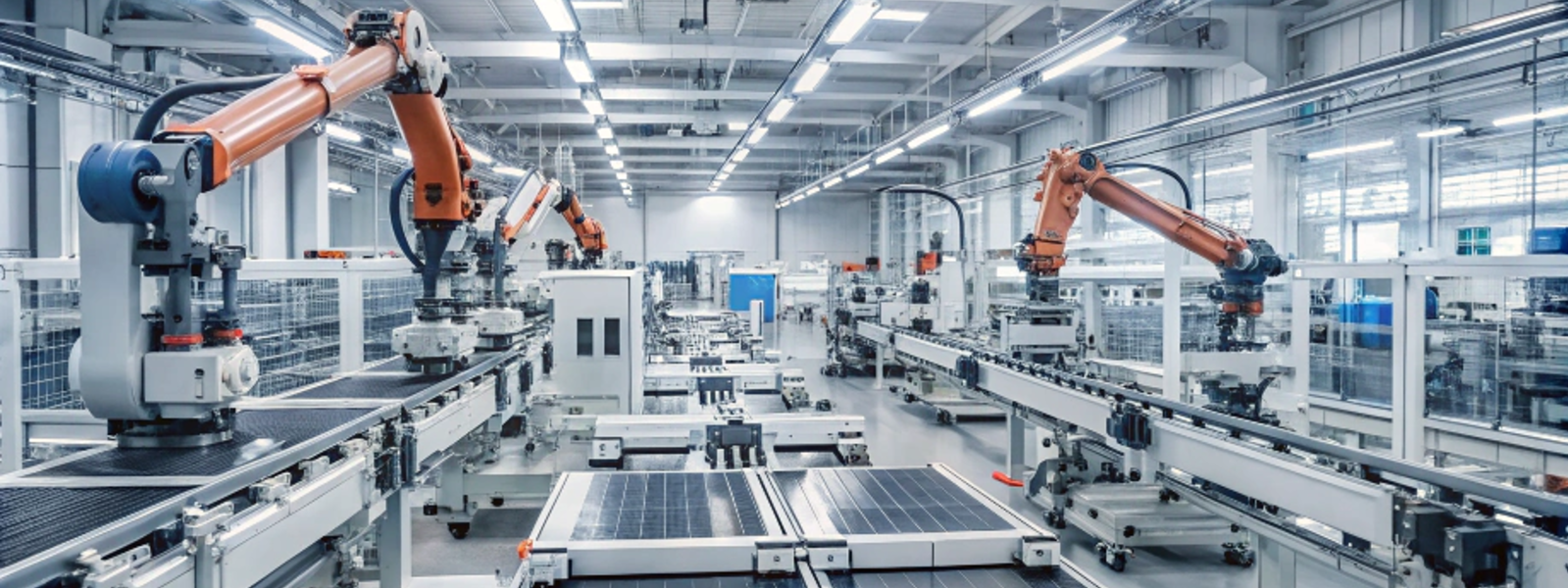Manufacturers face fierce competition and global challenges. Industry 4.0 offers solutions like automation and smart technologies, but success hinges on data analysis. Explore how manufacturers can use data to optimize production, predict maintenance, strengthen supply chains, and personalize products for a competitive edge.
The manufacturing world is changing rapidly. Competition is fierce, and recent world events have made things even more complex. To stay ahead, manufacturers are increasingly turning to Industry 4.0. This approach involves using automation, better integration between different systems, and smart technologies. The benefits are clear: factories can produce more with less downtime, and supply chains become more reliable. But there's one key ingredient needed to make Industry 4.0 work: data and analytics. By using data effectively, manufacturers can gain valuable insights that help them improve every aspect of their operations.
Challenges and Opportunities
Most manufacturers recognize the power of data-driven insights for manufacturing process optimization. However, translating vision into reality can be an uphill battle. Manufacturers grapple with several key challenges in their data and analytics journey. Let's understand these challenges and explore effective solutions to unlock the potential of production data insights.
- The first challenge lies in bridging the data divide. Uncertainty surrounds data utilization. Plant managers face conflicting hypotheses about process improvements. Analysts struggle with data quality issues that require significant manual cleaning. IT focuses on technical hurdles associated with data integration, while finance seeks cost justification for data analytics initiatives. A well-defined data strategy with a "middle ground" approach can address these concerns. By fostering collaboration between stakeholders, manufacturers can develop a centralized data governance framework. This framework establishes data ownership, access controls, and quality procedures, ensuring the integrity and usability of data for manufacturing data analysis. Additionally, focusing on quick wins and demonstrating the value of data analytics early on can secure key approvals and pave the way for a more comprehensive transformation.
- The second challenge involves mastering the data deluge. Manufacturers collect a vast amount of data from diverse systems and processes. This includes structured data from enterprise resource planning (ERP), manufacturing execution systems (MES), and product lifecycle management (PLM) systems. Time-series data from data historians provides insights into historical trends and machine performance. Additionally, unstructured data from social media and market research reports can offer valuable customer insights. Integrating and analyzing this vast data lake can be a complex task.
- Implementing a robust data governance framework is crucial for managing this data deluge. This framework establishes data ownership, access controls, and quality procedures. Cloud-based data lakes offer a scalable and cost-efficient solution for storing and managing massive datasets. Additionally, leveraging technologies like data cleansing tools and data warehousing can streamline the data preparation process for manufacturing data management.
- Building smart architecture is the third challenge manufacturers face. Legacy systems create complexities when defining a holistic data architecture for industrial analytics solutions. Concerns over cloud adoption, total cost of ownership (TCO), and flexible scaling can impede progress.
- A future-proof architecture that leverages cutting-edge technologies alongside legacy systems is the key. This may include technologies like edge computing (decentralized processing closer to data sources) for faster and more efficient data analysis. Blockchain technology can enhance data security and transparency throughout the manufacturing process. Additionally, prioritizing scalability and ensuring minimal downtime through robust infrastructure is essential.
- People and processes are the next hurdle. Implementing agile project management within plant environments, known for their structured processes, can be challenging for supply chain analytics. Data complexities and operational constraints often derail projects designed for functions like finance or sales.
- Adapting agile methodologies for the plant environment is the solution. Building agile teams with data expertise and planning for potential data-related complexities is crucial. This may involve incorporating data scientists and engineers into project teams alongside plant personnel to ensure a smooth workflow.
- The final challenge lies in measuring success. Many manufacturers struggle to quantify the return on investment (ROI) from data analytics initiatives. Projects seem successful but fail to deliver tangible business value. Defining success metrics before project initiation is essential. Establishing clear key result areas (KRAs) and value measurement frameworks allows manufacturers to track progress and demonstrate the impact of data analytics on production data insights. Examples of KRAs could include increased production efficiency, reduced downtime, or improved inventory management. Tracking key performance indicators (KPIs) throughout the project lifecycle helps measure progress towards these KRAs and demonstrate the business value of data analytics initiatives.
The Data-Driven Future of Manufacturing
A well-defined data and analytics strategy, encompassing people, processes, technology, and data, is the key to unlocking the full potential of digital transformation. By embracing cutting-edge technologies like edge computing, blockchain, additive manufacturing (3D printing), and cyber-physical systems, manufacturers can overcome major challenges and achieve operational excellence.
This future-proof approach allows manufacturers to harness the power of their data assets, leveraging real-time insights to achieve the following:
- Optimize production processes: Identify and eliminate bottlenecks, reduce waste, and ensure optimal utilization of resources through data-driven decision making.
- Predict maintenance needs: Implement predictive maintenance strategies based on real-time sensor data to prevent equipment failure and minimize downtime.
- Strengthen supply chains: Gain real-time visibility into inventory levels, supplier performance, and demand fluctuations through supply chain
Conclusion
A data-driven approach empowers manufacturers to optimize production, predict maintenance needs, strengthen supply chains, and personalize products and services. This translates to increased efficiency, reduced costs, improved customer satisfaction, and ultimately, sustainable growth in a globalized marketplace. The combined effect of these improvements is substantial. By using data effectively, they can create a future where factories operate with exceptional efficiency, adapt quickly to changes in demand, and always prioritize what their customers need. This data-driven approach positions them for sustainable growth in a competitive global market.





